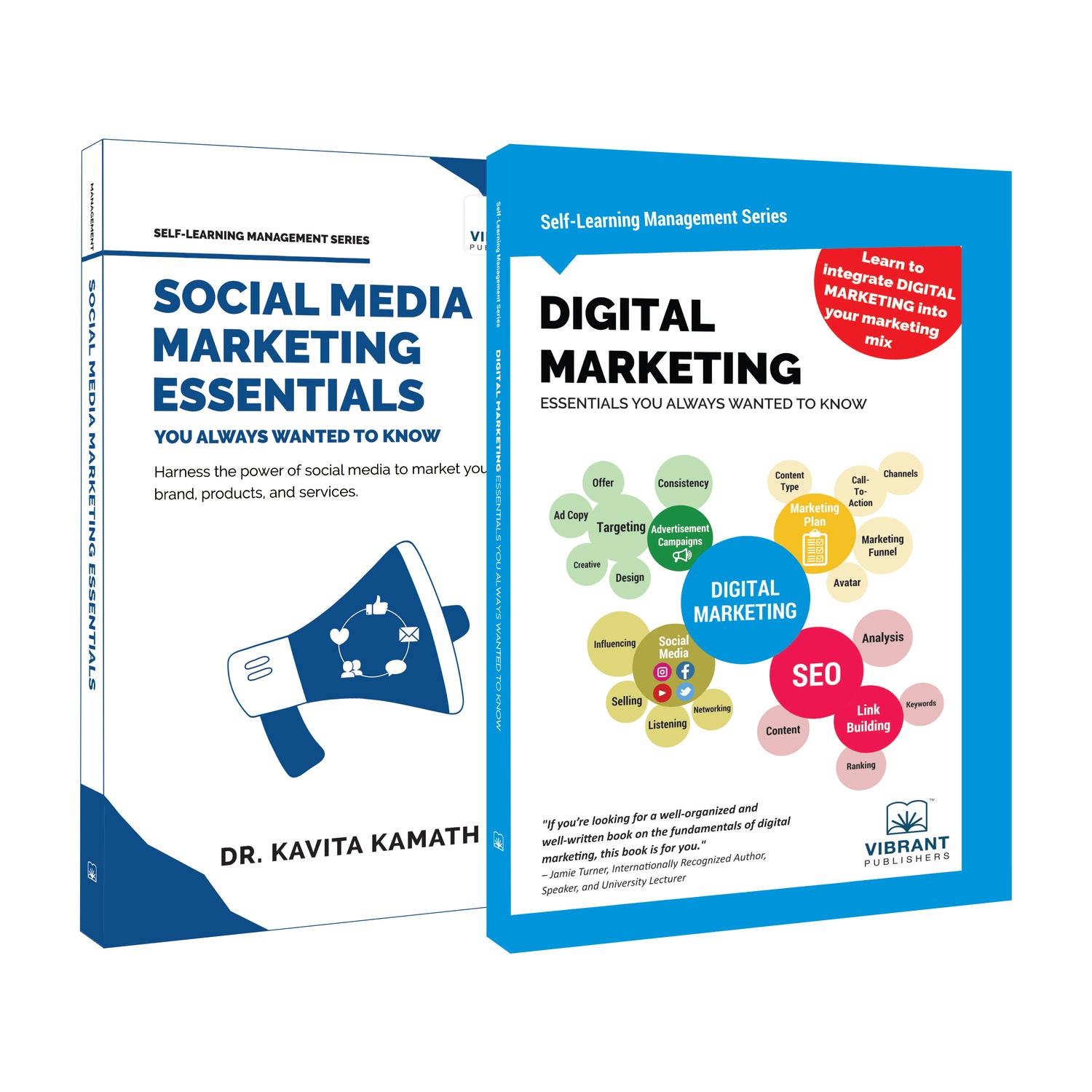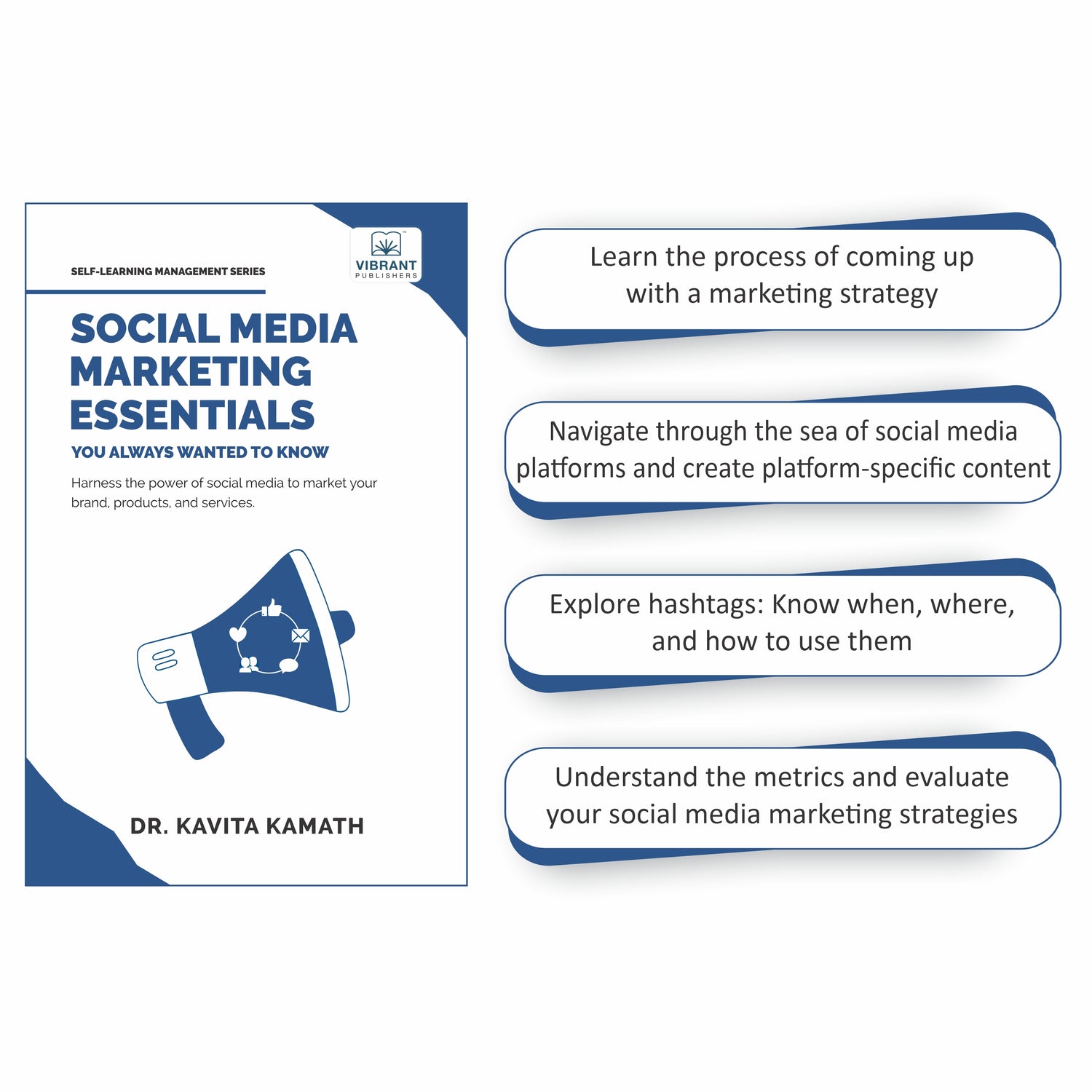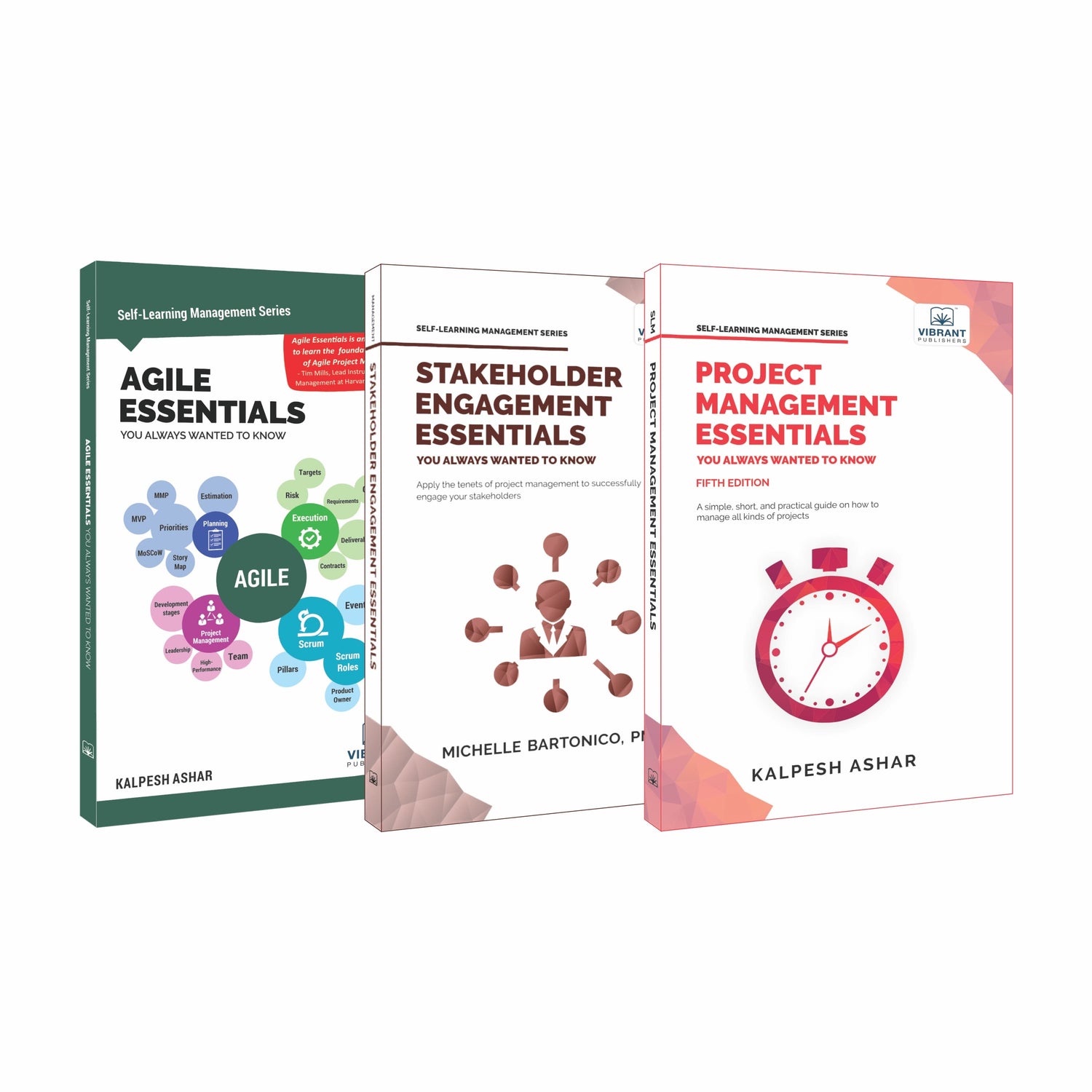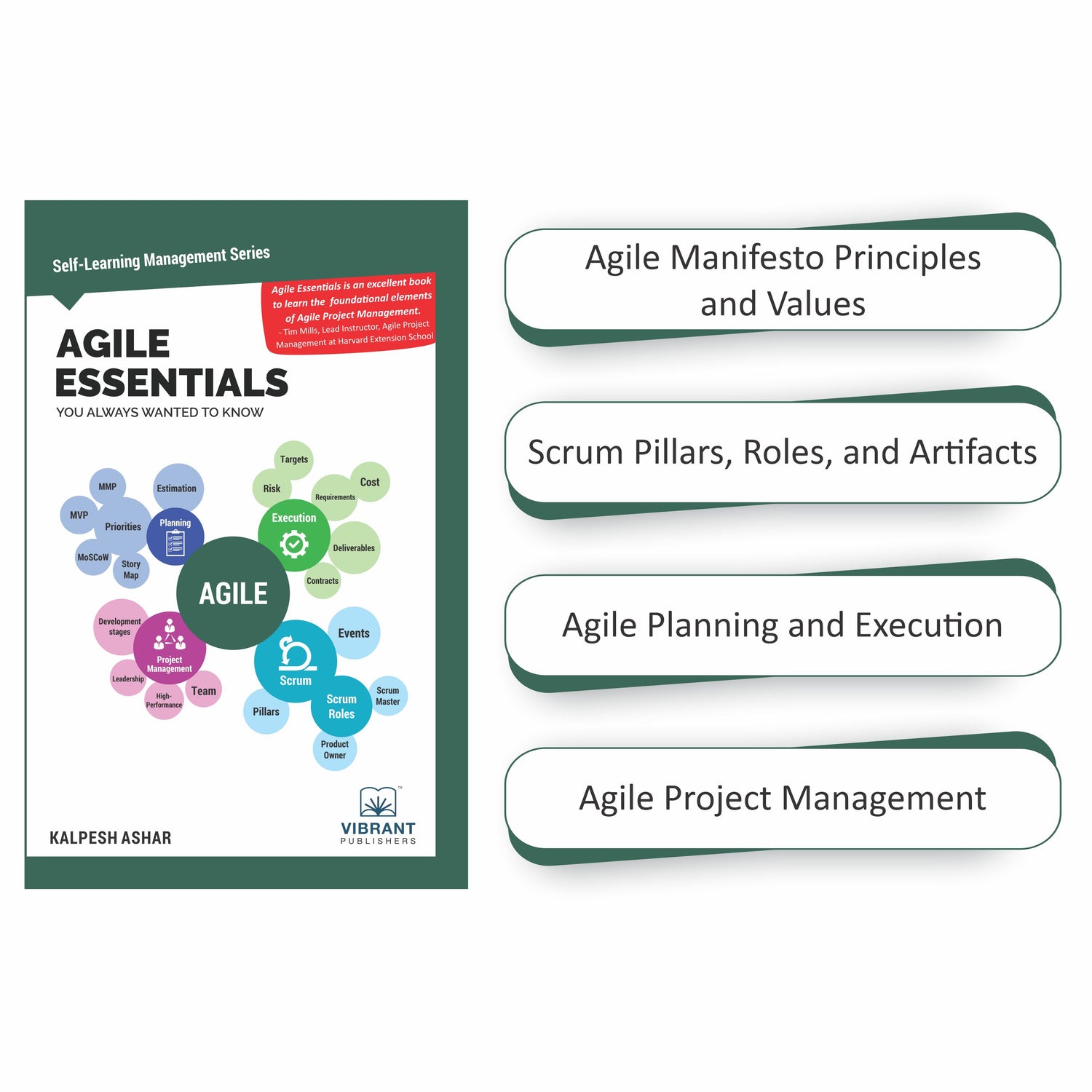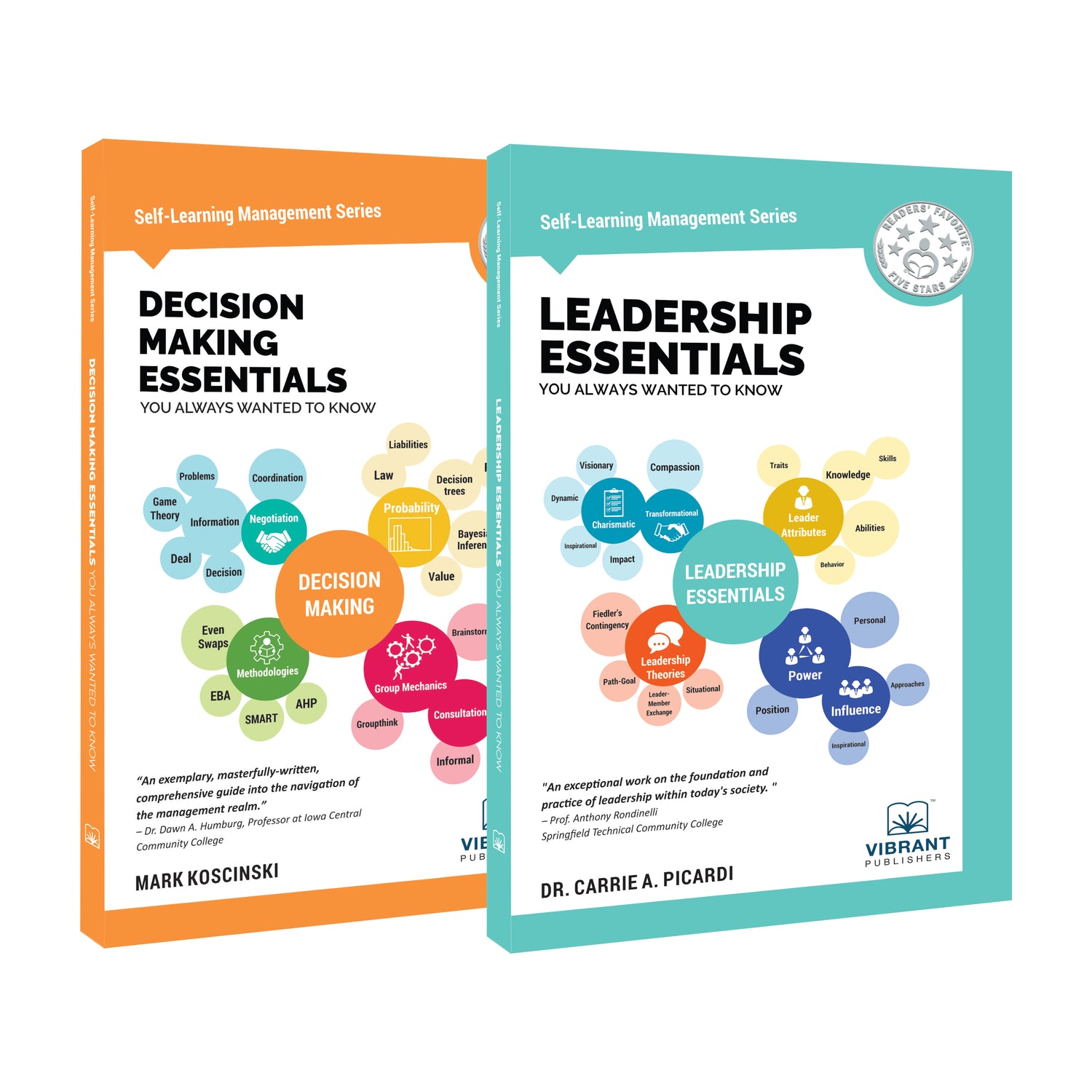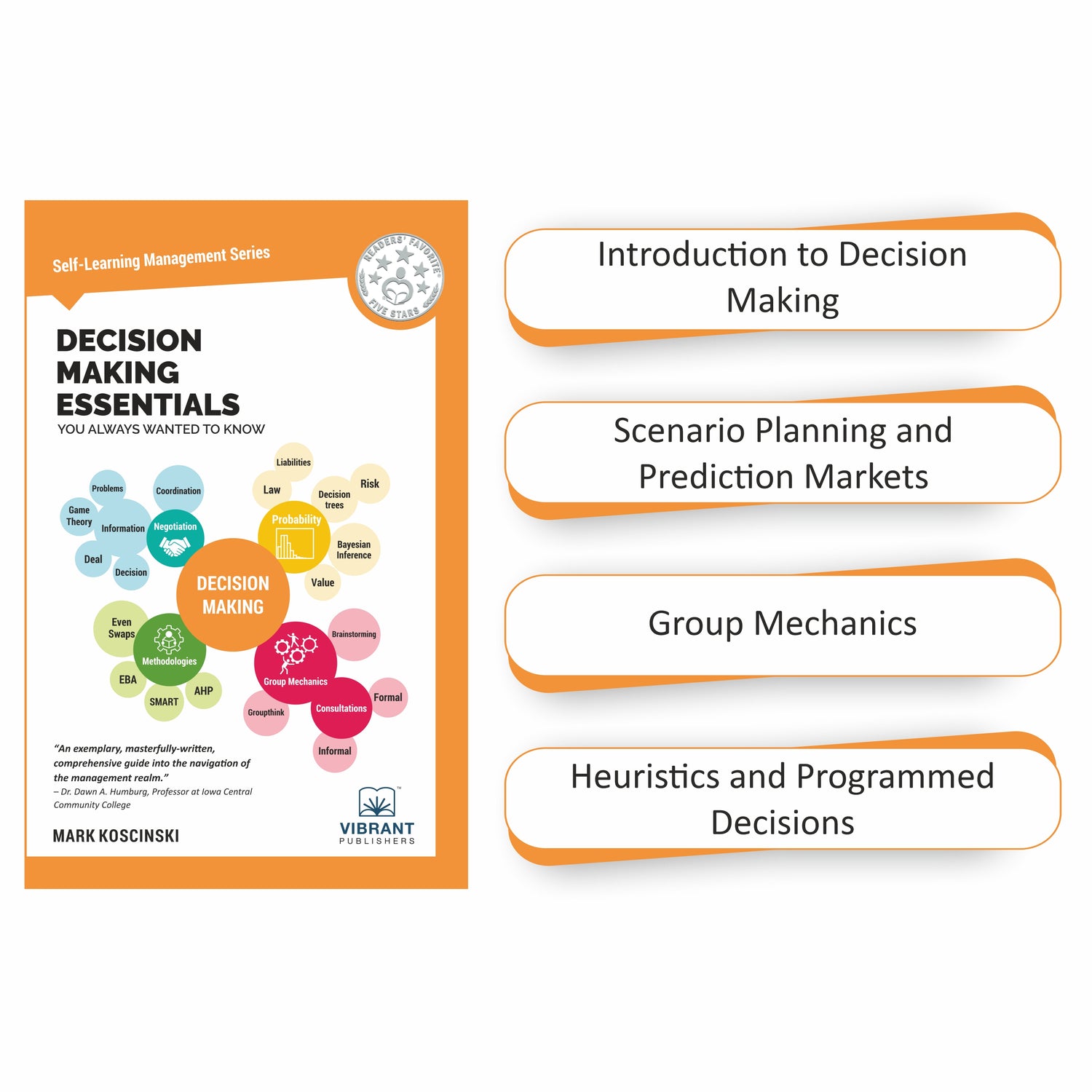Home
-
Blogs on Business and Entrepreneurship
-
How to Build a Profitable and Sustainable Business in 2026

How to Build a Profitable and Sustainable Business in 2026
Author: Dr. Tamara Stenn
Hello, I’m Dr. Tamara Stenn, an entrepreneur, Suffolk University entrepreneurship professor, author of Social Entrepreneurship as Sustainable Development (Springer Publishing, 2017), the upcoming The Profitable Good: A Bold Playbook for Sustainable Business Growth (Vibrant Publishers, 2026), and founder of eco-fashion brand, KUSIKUY, which for nearly two decades supported indigenous women in the Bolivian Andes through Fair Trade craftsmanship and global sales.
If you're wondering how to build a profitable and sustainable business in 2026, you're in the right place. I’ve worked at the intersection of sustainable entrepreneurship, innovation, and start-ups. Here’s a down-to-earth guide, rich with examples, that you can actually use.
Profitable Sustainable Business Ideas for 2026
In this section, I’ll share how I’ve built sustainable businesses that are purpose-driven and profitable.
1. Ethical fashion meets heritage craftsmanship
KUSIKUY grew out of my Peace Corps experience and academic research and has been knitting opportunities into the Andean landscape since 1996. Its handmade alpaca knits, produced by indigenous artisans, embodied green business strategies and leadership development through quality handwork and cultural connections. Think of a unique connection you may have to underprivileged producers, untapped talent, or unique products. This could be a good starting spot.

2. Farmer-run cooperatives and heirloom crops
My work in helping launch "A Perfect Seed,” a farmer-owned and run quinoa cooperative, demonstrates how traceability and equitable partnerships foster both sustainable entrepreneurship and livelihoods, with profits reinvested back into the growers. A Perfect Seed worked on lesser-known varieties of organic, fair trade quinoa that were not being sold in mass markets, creating a unique identity and price for heirloom, hand-grown quinoa.
Including the farmers in the cooperative model made it easy to establish a dedicated supply chain for rare, heirloom quinoa varieties, such as Kispina, Kaslala, and Pisankaña. The fact that it was also organic and fair trade was an extra plus.

3. Sustainability consulting to scale impact
Businesses, especially small ones, frequently seek guidance on Environmental, Social, and Governance (ESG) metrics and eco-friendly upgrades. With the growing demand in 2026, this represents a profitable and sustainable business idea in a service form. Being mindful of where materials are sourced and how they are used and disposed of creates numerous opportunities for new ESG connections.
For example, refillable containers reduce waste and cost, low-toxicity ingredient options result in healthier workers and better production, and upcycling instead of throwing away creates new products and uses. Also, as the positive impact of an enterprise grows, new customers and investors take notice.
How to Build a Sustainable Business Step by Step
Here’s your roadmap:
Step 1: Start with a purpose-driven product design
Ask: “Can our product tell a story of sustainability?” For example, KUSIKUY’s alpaca goods were crafted with cultural care and a five-year guarantee that earned trust and repeat business.
Step 2: Secure ethical sourcing and partnerships
With A Perfect Seed, Bolivian farmers literally had a seat at the table, shaping product development and getting fair compensation. Get to know producers and learn more about what they produce and how; there might be an emerging innovation hiding in plain sight that no one thought of developing, like rare heirloom quinoa varieties.
Step 3: Choose eco-friendly logistics and packaging
Aim for low-impact transport routes and materials that can be returned to nature or reused. Small wins here build into meaningful impact. Plus, using sustainable packaging, whether reusable, compostable, or recyclable, makes for a good story and sets you ahead of the competition as a company that cares.
Step 4: Use tools like the Sustainability Lens
In my upcoming book, I introduce the Sustainability Lens, a method that overlays principles of justice, well-being, and resourcefulness onto business models to spark innovation and stewardship. This method grows new markets and expands the customer base.
Step 5: Experiment and scale thoughtfully
Start small, maybe test sustainable packaging or a new supplier, then use feedback to refine before scaling up. This lean approach reduces waste and risk, includes customers in your innovations, and gives them a feeling of ownership and commitment to your brand. It saves time and money in the long run.
Practical Sustainability Tips for Small Businesses
Next, let’s explore some simple, realistic steps small businesses can take to operate more sustainably:
-
Go durable, go minimal: Choose reusable options over disposable ones, whatever fits your product or service. Hold your suppliers accountable for their community and environmental impacts. Celebrate the good work they do and your role in aligning with them.
-
Be transparent: Share your sourcing efforts and use accreditations like B Corp, organic certified, or Fair Trade to demonstrate trust.
-
Partner for impact: My experiences with co-ops and community boards like the Brattleboro Food Co-op highlight how collaboration fuels both sustainability and connection.
-
Tell your story: Sustainability sells. Share the human side: our customers often cherish KUSIKUY gloves for years because they connect with the makers’ story.
Your Path to a Profitable Sustainable Business in 2026
In a world demanding more responsibility, sustainability isn’t just ethical, it’s strategic. Whether you’re an artisan label, a farmer’s co-op, or a budding consultant, weaving sustainability into your business is smart, not extra.

The Profitable Good: A Bold Playbook for Sustainable Business Growth by Vibrant Publishers
Start with your purpose, test smart, partner wisely, and tell your story. That’s how you build a profitable, sustainable business, one that thrives in 2026 while making a difference. The Profitable Good: A Bold Playbook for Sustainable Business Growth guides you towards this vision and in integrating sustainability into every aspect of the enterprise, not as an extra task, but as a strategic advantage. This book is a part of Vibrant Publishers’ Self-Learning Management Series and is suitable for entrepreneurs, leaders, and professionals.
Please note: Logos and images used in this blog may not be reproduced, copied, or distributed without permission from the author.
Find out more about the book here:
Link to the book: The Profitable Good: A Bold Playbook for Sustainable Business Growth
Author: Dr. Tamara Stenn
Press Release: Vibrant’s Upcoming Book, The Profitable Good, Demonstrates How to Turn Sustainability Into a True Competitive Advantage
Also Read:
The Social And Ethical Side Of Marketing
What is Entrepreneurship, and how do you set up a successful business?
Is CSR becoming a Marketing Gimmick?
Share



